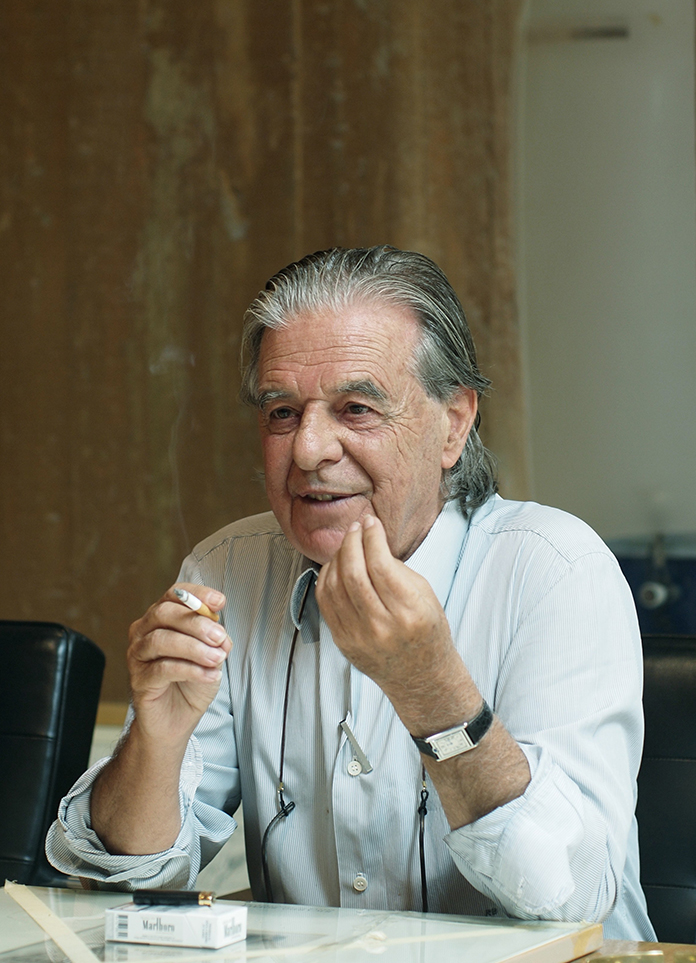On May 7, 2025, the third edition of the Île-de-France Architecture and Landscape Biennial (Bap! 2025), France’s most important architecture event, was inaugurated in Versailles. This edition features the joint curatorship of Sana Frini, from the Mexican firm LOCUS, and Philippe Rahm, from the French firm PHILIPPE RAHM ARCHITECTES.
Two experimental pavilions are installed in the Cour de la Maréchalerie, serving as a visual and experiential introduction to the Biennial.
“Windcatcher” proposes the levitation of six solar chimneys that cool the space using a passive convection system, taking advantage of Versailles’ high summer temperatures and natural air currents. These chimneys provide cooling through their geometric and material design: they capture solar energy via a glass surface at the top, which heats interior walls made of black-painted clay. This thermal differential, combined with perimeter openings, activates a convective flow that drives cool air currents at the lower part of the pavilion—where visitors walk and rest.
“For the past two millennia, earthed dolia have been used in climate zones between 35ºN and 40ºN latitudes to regulate temperature for sensitive contents—wine, pickles, and human burials. The combined thermal inertia of clay and accumulated soil, the evaporative cooling enabled by the ceramic’s porous structure, and the shading effect work together to stabilize the temperature of the contained earth while absorbing energy from bodies, objects, or fluids placed inside through direct radiation.























